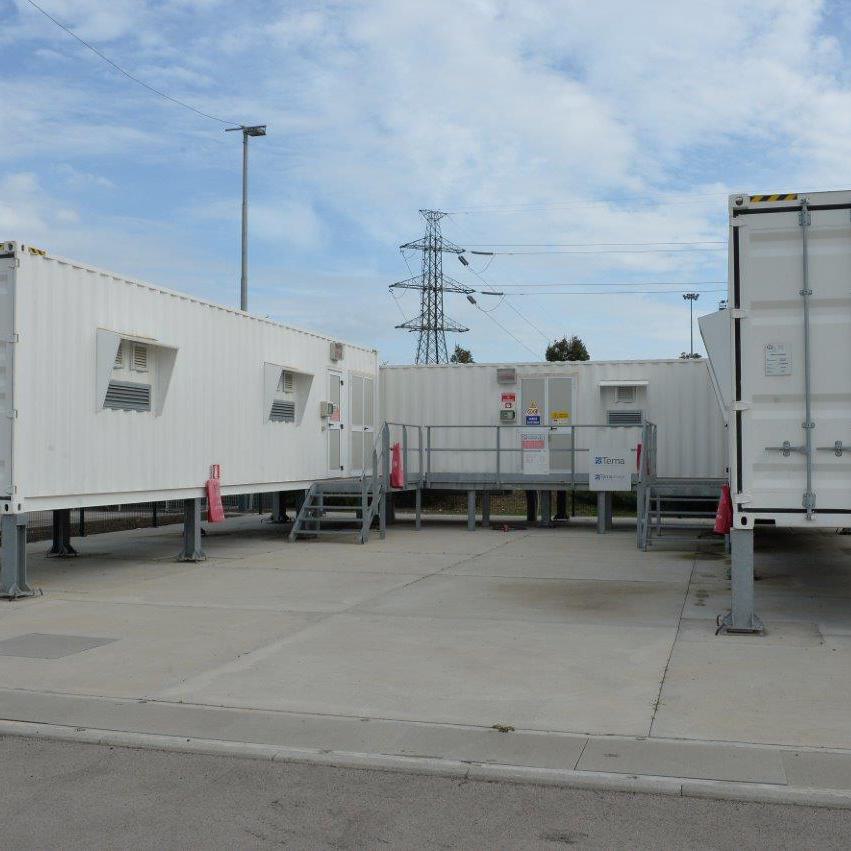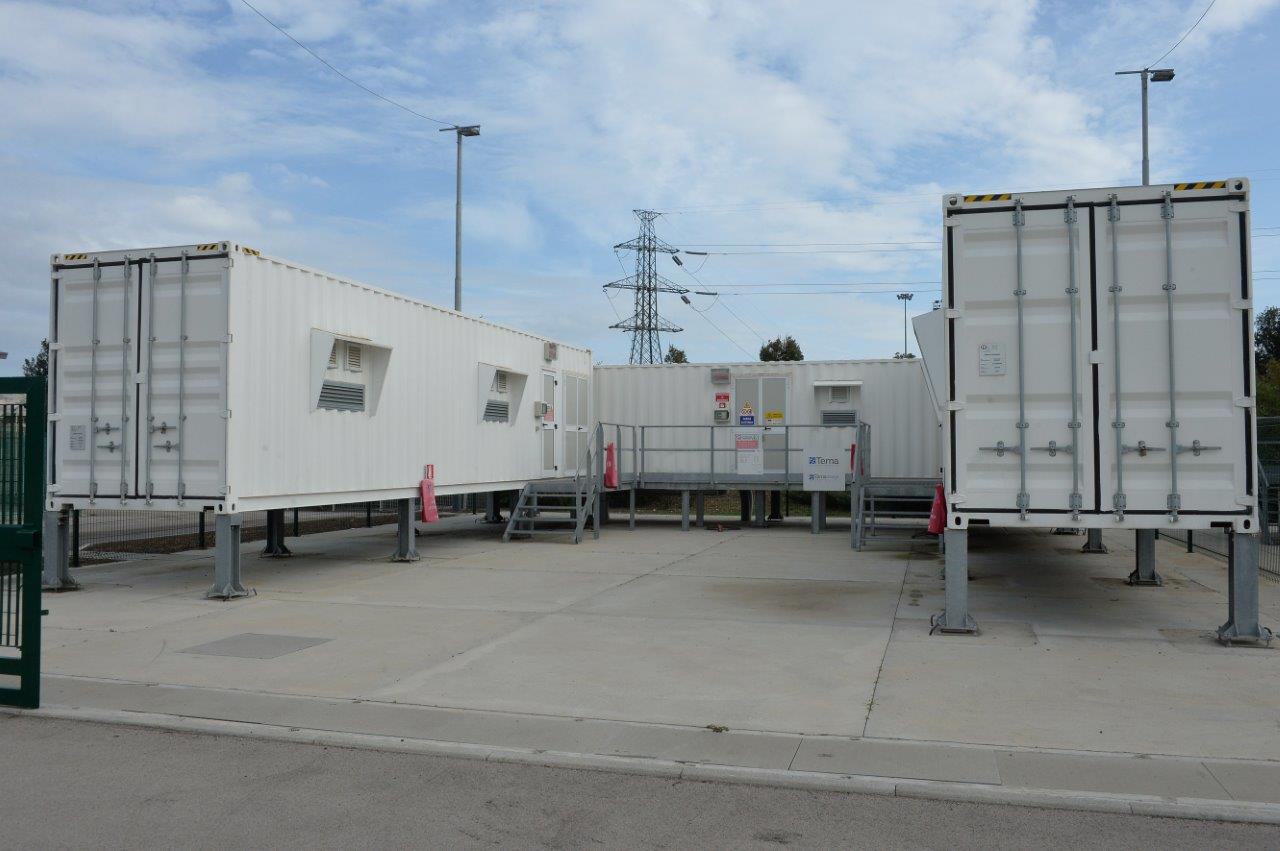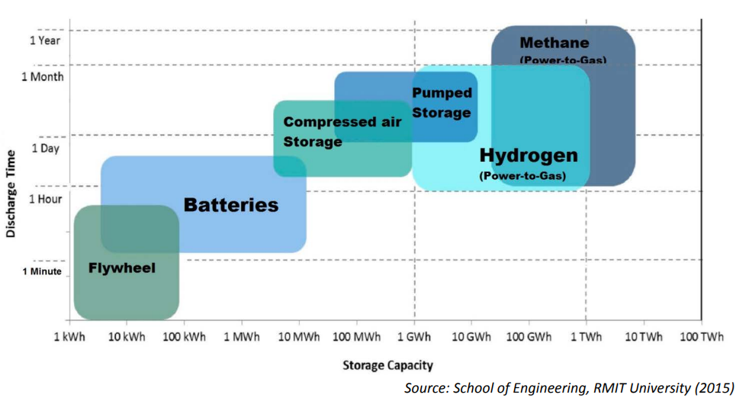Storage systems are systems that convert electricity into a form of energy that can be stored, storing it in this state and enabling it to be converted back into electricity and finally used by the end user. There are many storage technologies but two in particular are best known and most widely used. The first is hydroelectric pumping systems, which use well-established technology and are suitable for prolonged use thanks to the high storage capacity (in the order of weeks, depending on the capacity of the reservoirs). The second is electrochemical storage systems. These are particularly interesting as they can be programmed and are very responsive, and have become established on the market on recent years due to increasingly cost-effective prices and the development of electric mobility.
To achieve the ambitious decarbonisation targets set to be reached by 2030, it is essential to further increase the amount of electricity produced from renewable energy sources. To this end, Terna (the Italian national transmission grid operator) has developed a strategy structured into a series of very precise measures, with storage systems playing a crucial role. In particular:
* the development of electricity infrastructure able to transport electricity from areas where there is more renewable energy generation to areas with higher consumption;
* the optimisation of cross-border interconnections;
* the evolution of the so-called "market design" able to promote the integration of new resources and provide the right pricing indications;
* the development of new energy storage systems.



